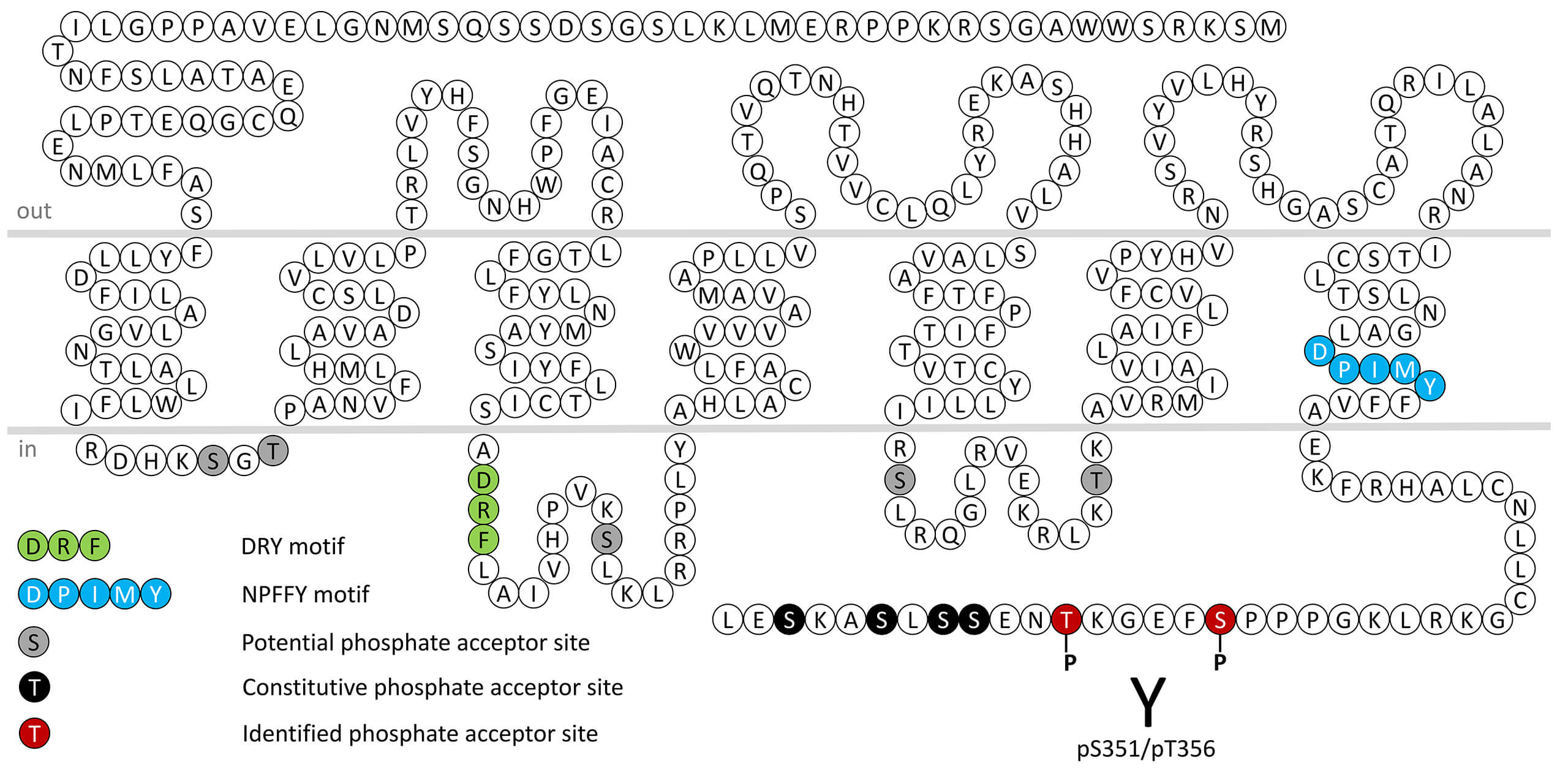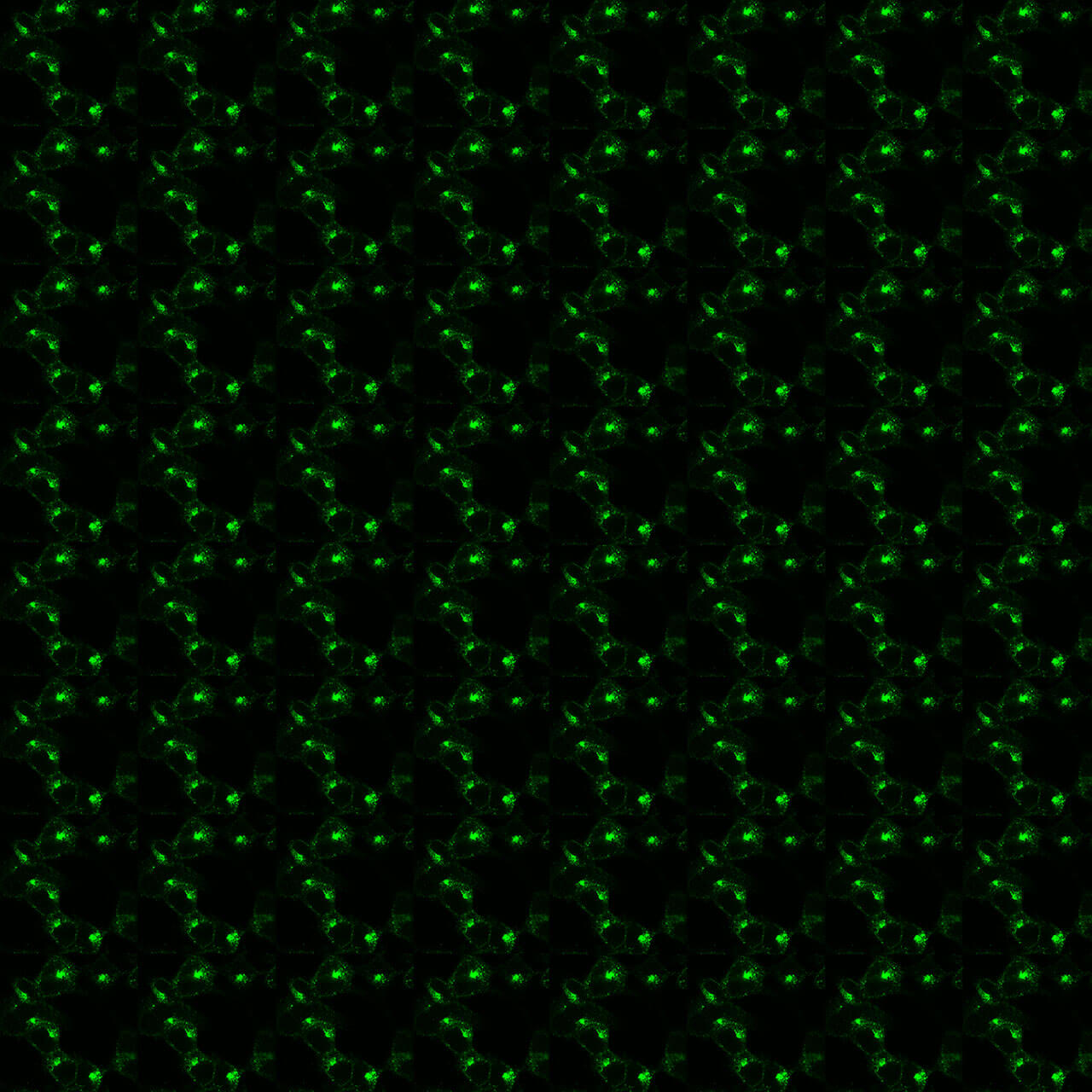GPR17 Receptor Antibodies

GPR17 is an orphan GPCR. The endogenous ligand for GPR17 remains to be discovered. GPR17 has previously been reported to be a dual specificity receptor for uracil nucleotides and cysteinyl leukotrienes (CysLTs). GPR17 may mediate brain damage by nucleotides and CysLTs following ischemia. In the central nervous system, GPR17 is expressed in a subset of (pre)-oligodendrocytes and in neurogenic areas. After spinal cord injury, or focal cerebral ischaemia, GPR17 expression is induced in a population of proliferating microglial cells in the lesioned area. GPR17 is regulated by phosphorylation of carboxyl-terminal serine351/threonine356 (pS351/pT356-GPR17). This nomenclature refers to the human GPR17 receptor and is identical in mice and rats in which it corresponds to pS323/pT328-GPR17. For more information on GPR17 pharmacology please refer to the IUPHAR database. For further reading refer to:
Davenport AP, Alexander SP, Sharman JL, Pawson AJ, Benson HE, Monaghan AE, Liew WC, Mpamhanga CP, Bonner TI, Neubig RR, Pin JP, Spedding M, Harmar AJ. International Union of Basic and Clinical Pharmacology. LXXXVIII. G protein-coupled receptor list: recommendations for new pairings with cognate ligands. Pharmacol Rev. 2013 May 17;65(3):967-86. doi: 10.1124/pr.112.007179. PMID: 23686350; PMCID: PMC3698937.
Alexander SP, Battey J, Benson HE, Benya RV, Bonner TI, Davenport AP, Dhanachandra Singh K, Eguchi S, Harmar A, Holliday N, Jensen RT, Karnik S, Kostenis E, Liew WC, Monaghan AE, Mpamhanga C, Neubig R, Pawson AJ, Pin JP, Sharman JL, Spedding M, Spindel E, Stoddart L, Storjohann L, Thomas WG, Tirupula K, Vanderheyden P. Class A Orphans in GtoPdb v.2023.1. IUPHAR/BPS Guide to Pharmacology CITE. 2023; 2023(1). Available from: https://doi.org/10.2218/gtopdb/F16/2023.1.
 pS351/pT356-GPR17 (phospho-GPR17 Antibody)
pS351/pT356-GPR17 (phospho-GPR17 Antibody)  GPR17 (non-phospho), G Protein-coupled Receptor...
GPR17 (non-phospho), G Protein-coupled Receptor... 

